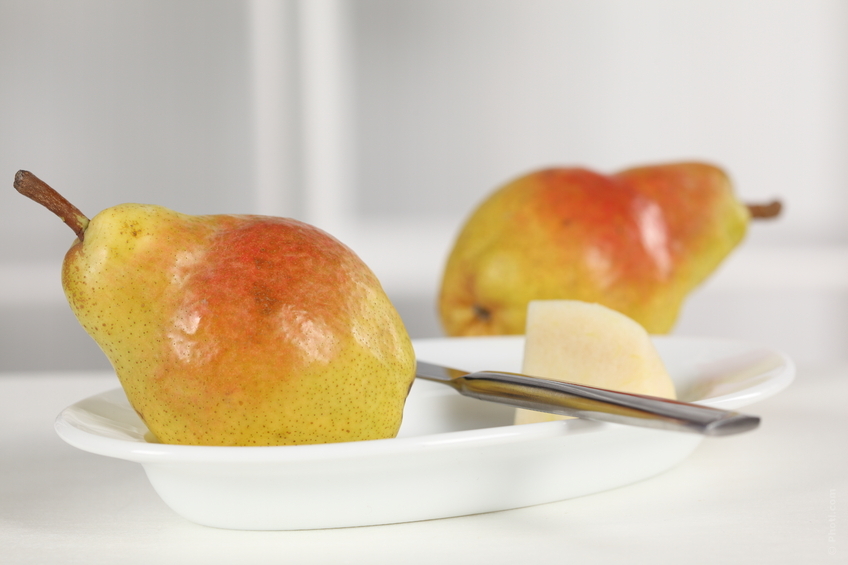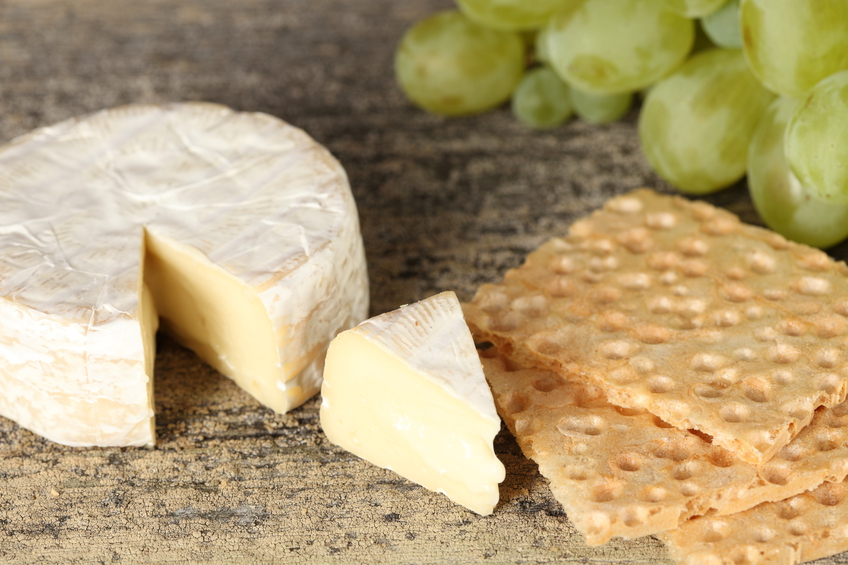Coping with post-Halloween candy madness
Halloween is only one day out of 365…so what’s wrong with a few pieces of candy? Absolutely nothing…and this is coming from an unofficial ‘food cop.’ Halloween is fun – for children and adults. A few sweet treats won’t do much harm. The problem isn’t just about ‘one day.’ It’s about the days after….when all of the leftover candy you have in your home is staring you in the face – from the stash you doled out to neighbors to the bucketful your little ghost brought home. If you are like most American adults, you buy what you love…just in case there are a few pieces of candy leftover. I mean, you wouldn’t want to be stuck with candy you don’t like! These strategies work great for kids but also can be modified for ‘adult children…’
The best strategy when it comes to dealing with your child’s Halloween ‘earnings’ is to have him/her pick out their absolute favorites. Of course, you should have a (limited) quantity in mind ahead of time. These treats can be doled out carefully, prudently and sparingly after meals over the next few weeks. Just limit the quantity. If you have generous neighbors that gave out large candy bars, unwrap them, cut them into small pieces and freeze them. They’ll last and defrost in a lunchbox. In general try to avoid hard nougat, toffee and taffy candies that grind into teeth and are ‘sticky’ as they are prime cavity-causers. Best bet: dark chocolate pieces which offer some antioxidant benefits and less butter-fat than milk chocolate.
Just because your child doesn’t like all of the candy he/she was given doesn’t mean they’ll part with it easily! Offer something better. This might even work with the beloved candies. Use pieces as ‘currency.’ Set a price (pieces of candy) to purchase or trade in for a new game, toy or even an outing (such as a bowling party with friends). If your child wants a treat for a treat…have him trade in a few pieces for a better choice that you buy, such as a Nabisco 100-calorie packs® (portion-controlled). Oreo Thin Wafer Crisps™, Honey Maid Cinnamon Thin Crisps™ and Chips Ahoy! Thin Crisps™ are reasonable options. Make sure to serve a snack pack with something healthy, like a glass of milk or a piece of string cheese.
To keep things in perspective, all of these treats (in quantity listed) provide approximately 100 calories:
- 15 jelly beans/22 jelly bellies®
- 1-oz licorice
- 25 plain M&Ms®
- 1 Kind 100-calorie bar
- 2 Tootsie pops®
- 5 Werther’s Original® candies
- 13 gummy bears®
- 10 York Peppermint Patty® bites
- 16 pieces of candy corn
- 4 bite-sized 3-Muskateer® candies
When planning your ‘treat’ (or your child’s treat) keep calories in mind, and in control.









